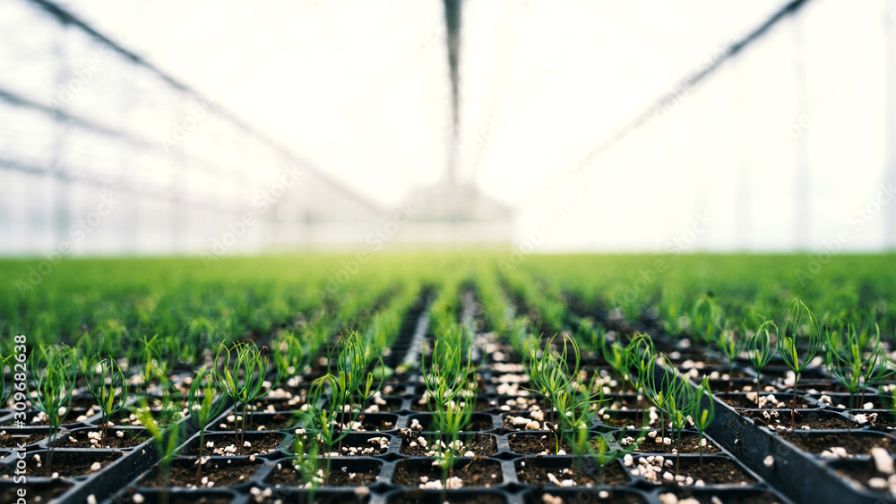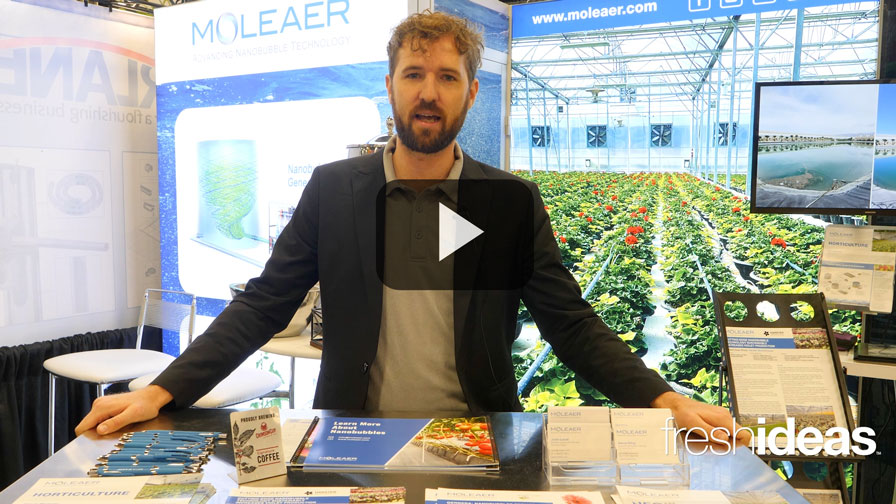Growing Forestry Transplants in Your Greenhouse
 Growing trees from seed or propagating trees from cuttings can be a profitable niche for greenhouse growers. If you are looking to diversify your operation, growing tree transplants could be worth exploring.
Growing trees from seed or propagating trees from cuttings can be a profitable niche for greenhouse growers. If you are looking to diversify your operation, growing tree transplants could be worth exploring.
Much like traditional greenhouse crops, tree seedling operators often choose to specialize in one particular product or service. Propagation nurseries germinate seed or root cuttings and then wholesale those plugs or liners to other businesses. Other growers buy liners and plugs at wholesale and grow them out for retail sales.
Opportunities for Growers
The market opportunity for small and medium growers to get into raising tree seedlings, or growing them into nursery standard retail transplants, may never have been better. In addition to ever-increasing consumer spending on gardening and yard hobbies, other notable factors are having an impact.
Replacing Existing Trees: Several tree diseases and pests in the Midwest are decimating popular yard trees. Oak wilt is spreading rapidly, a fungal infection that affects all oaks but is particularly lethal to red oaks.
The emerald ash borer (EAB) will make ash trees along city streets, parks, and yards a thing of the past, much as the Dutch elm disease changed our urban landscape years ago.
All these trees will need to be replaced. State-run nurseries are unable to provide the products consumers and municipalities will require in the sizes needed.
NGO Reforestation Programs: Initiatives like the Trillion Tree Campaign are encouraging people, corporations, and governmental organizations to plant more trees. Conservation organizations and ‘Friends of’ groups are huge tree planters; partnering with local ones can be an opportunity to move products consistently.
Things to Consider
Established greenhouse growers have much of the knowledge and equipment needed to get started growing tree transplants. Still, there are a few areas where producing tree seedlings may differ from geraniums or lettuce.
Sourcing Stock: A tree seedling producer needs seeds and tree propagators need scion wood, both of which might be harder to find than you are used to. Vendors can be found online, but availability is sometimes an issue, so order early. Trees do not produce a heavy crop of seeds every year, so supply can sometimes be limited.
Alternatively, buy seed direct from private citizens who collect and sell it. Many conifers and larger seeds like acorns are easy to locally source this way. Harder-to-harvest species like tamarack or bald cypress may require contracting with an experienced seed collector in advance.
Growing Time: Time is a significant factor for tree seedling producers. Trees are not the short turnaround from sowing to selling that you may be used to. Time can quickly become a space problem, as tree seedlings will occupy square footage inside or outside your greenhouse while growing to a saleable size. Take into account how long you will need to hold tree seedlings and where you will do it.
Economics and Costs to Enter the Market
Growers with an established prepping, sowing, and plant maintenance workflow will find those methods readily adaptable to starting forestry transplants. However, seed size may dictate a change in practices. A precision seeder for small seeds will not handle acorns. Propagating from cuttings is labor intensive.
Seed Cost: Most tree seed is not expensive. For example, Fraser fir seeds can be purchased for about $70 per ounce, with an ounce being around 2,300 seeds. About 15,000 red maple seeds will cost more than $200.
Planting materials: Containers for plugs and liners are typically much deeper than used for annuals but can be sourced from many of the same vendors. An initial container and tray outlay for 1,000 seedlings is about $0.45 apiece.
Other costs for growing media, lighting, irrigation, labor, and space depend on the scale and efficiency of your current operation. Ensure you also factor time, both under glass and while growing out to size, as part of your return on investment (ROI) calculation when deciding if tree seedlings are a good fit for your business.








